Kansai dialect is the most well known Japanese dialect but there are many more to explore. In fact, there are dialects that are difficult to understand even to Japanese. In this article, we introduce the different types of Japanese dialects, dive into Japanese language history and origins, and give examples of common Japanese phrases in different dialects.
Table of Contents
- Japanese Language History and Origin
- Why are there so many Japanese dialects?
- Japanese Dialects You Should Know About
- Let’s Try Common Japanese Words in Different Japanese Dialects
- How to Identify Different Japanese Dialects
- Takeaway
Japanese Language History and Origin
The Japanese language is a part of the Japonic language family. The earliest forms of Japanese were theorized to be Austronesian or Altaic in nature and spoken during the Jomon Era.
Japanese carries heavy influence from both Chinese and Korean languages. During the Yayoi period, migrants from Korea who brought their language affected (minorly) the grammatical makeup of Japanese. But the greatest influence was by the Chinese who introduced a writing system during the 4th century.

In the 8th century, classic Chinese writing (漢文 Kanbun) was introduced. This form of writing can be seen in ancient written records like the Kojiki (古事記), a chronicle of ancient myths and legends. Around the same time, early form of Japanese called Manyogana (万葉仮名) was created as phonetic symbols using Chinese characters. These were the original forms of Hiragana and Katakana that we know and use today. Hiragana and Katakana are actually simplified versions of the original Manyogana, whilst Kanbun transformed into Kanji.
※ Asia Society, "The Japanese Language" ※ Encyclopædia Britannica, Inc., "Japanese language"
Writer's Pick
Why are there so many Japanese dialects?
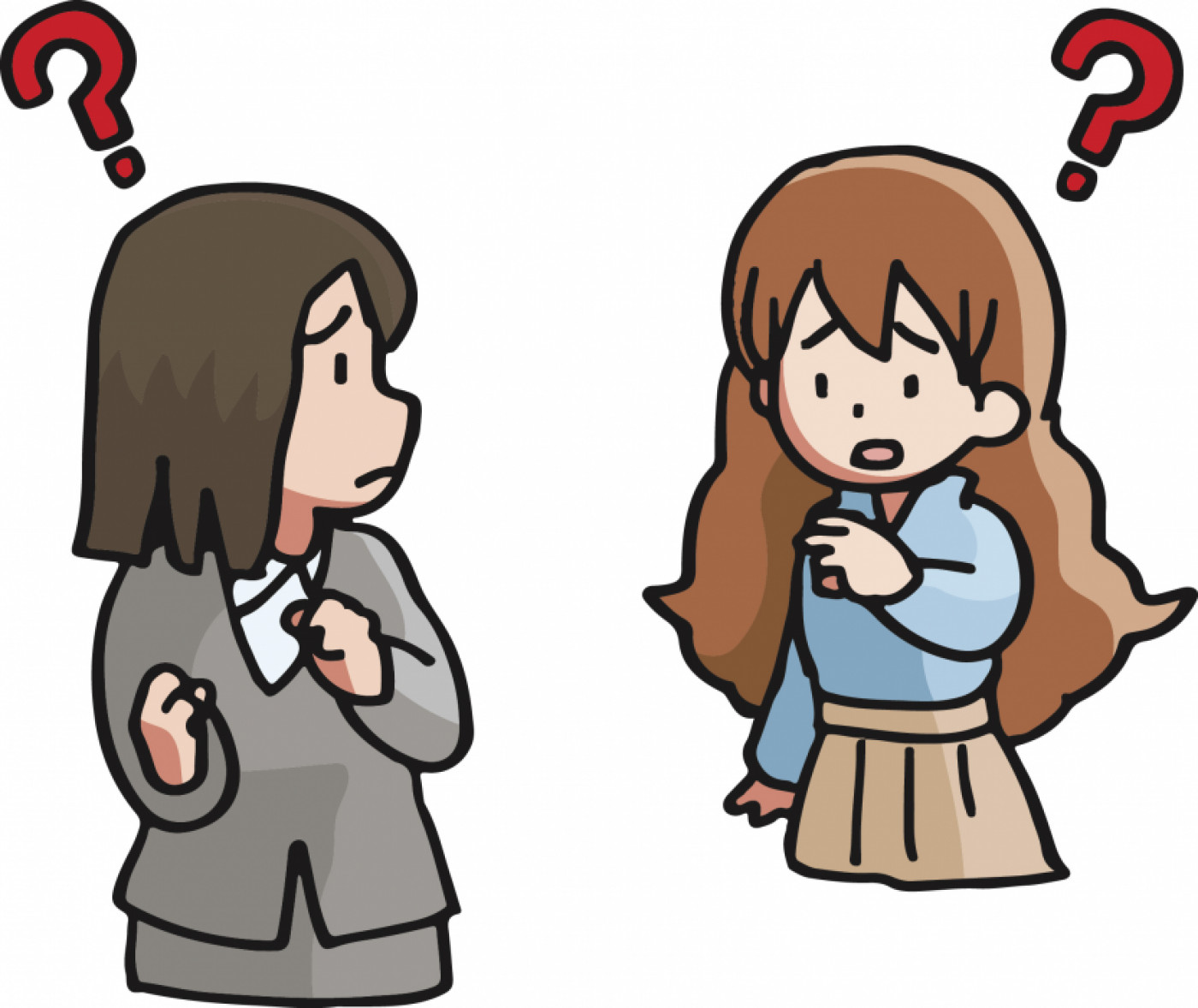
It is said that the reason there are so many dialects in Japan is because of changes to the language as it spread from the capital to other regions of Japan. This was made worse by Japan’s constant changing of capitals. For example, when the capital of Japan was located in Heian-kyo (or present day Kyoto), the standard dialect at that time was the Kansai dialect. However, this was soon replaced when Tokugawa Ieyasu moved the capital to Edo and made the Edo dialect the standard Japanese (標準語 hyojungo), which evolved into the Tokyo dialect that is primarily used today.
Another possible reason is that in olden day Japan, each region was considered its own “country”. It is said that each region created their own language and vocabulary only understood by people of that region gradually increased.
※ Encyclopædia Britannica, Inc., "Japanese language"
How many Japanese dialects are there?
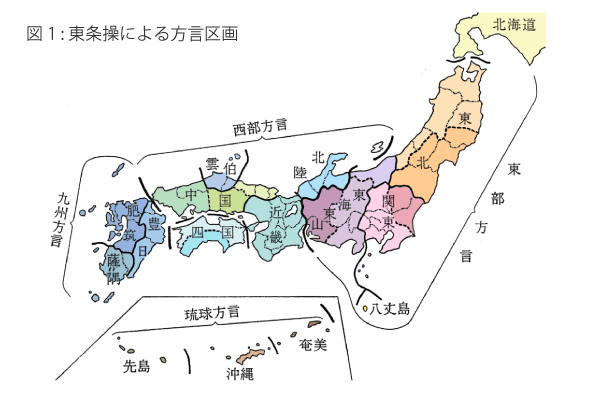
Image Credit: (c) National Institute for Japanese Language and Linguistics
Since dialects are affected by region, it would not be surprising if there were 47 dialects to match the 47 prefectures of Japan. But actually, there are way more. Hokkaido and Okinawa themselves on opposite ends of the country have several distinctly different dialects per prefecture, as do many other prefectures. In reality, there might be over 100 Japanese dialects in existence.
Linguists have attempted to group Japanese dialects into types but due to different perspectives, this resulted in different ways of classifying dialects making the situation even more confusing. Still, the most used form of identifying Japanese dialect types was created by scholar Tojo Misao (東条 操). Based on Tojo Misao’s theory on dialect division, there are 16 types of Japanese dialects.
※ National Institute for Japanese Language and Linguistics, “日本語には方言がいくつありますか”
Why are dialects so important?
For one, it’s unique and expresses the difference and specialness of a particular place and its people. There’s just something special about returning to your hometown and hearing the familiar dialect.
Unfortunately, many Japanese dialects are mostly used by the elderly or in the countryside having been usurped by the Standard Japanese - Tokyo dialect. In fact, using anything but Standard Japanese in certain formal business or work settings can be taken as inconsiderate or unprofessional as it may be incomprehensible to others. (This is of course when doing business with Tokyo. If it’s within their own prefecture, it probably isn’t as strict.)
The famously known Kansai-ben however is an exception to this rule, as Kansai-ben speakers are proud of their own dialect and many Japanese people are used to hearing it due to the sheer number of people that speak it. Also people who move to the Kansai area end up trying to learn the Kansai dialect for smoother business transactions so that local business partners feel like that person is “one of them” and not an “outsider”.
Some dialects, like the Okinawan language and dialect are “endangered”. So much so that the locals are doing their utmost best to promote it and spark interest in the young people to preserve the unique culture.
Japanese Dialects You Should Know About
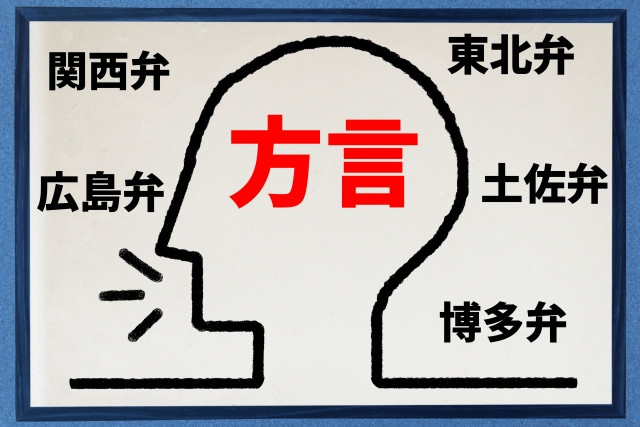
We won’t cover all the dialects, just a few important regional ones we think you should know. Note that these are regional, there are more specific prefectural dialects we will be mentioning within each region.
Kanto Dialect
Kanto-ben is a dialect in Japan that originated from the Kanto Region which includes Tokyo and the surrounding prefectures. When they hear “Kanto-ben”, most people immediately think of the Tokyo dialect that is the basis of Standard Japanese.
The usual pitch accent of the Kanto dialect is flat with a simple tone. They mainly use the copula だ da for their sentences while they shorten sentence endings like じゃない Jyanai to じゃん Jyan.
Kanto dialect is common in Japanese mainstream media like news, major tv shows produced in Tokyo (but they might have an MC or guests speaking the Kansai dialect), most movies, and anime.
Kansai Dialect
Kansai-ben is a dialect in Japan that originated from the Kansai Region. The most significant variety of this dialect is the Osaka dialect.
The usual pitch accent of the Kansai dialect is fast and energetic because of its frequent high intonations. They mainly use the copula 「や ya」” while they change sentence endings like 「ない nai」 to 「へん hen」.
Kansai-ben, specifically Osaka dialect, is often stereotyped as comedic. In anime and other forms of media, it is used by characters that are portrayed to be friendly and have positive vibes, or are loud and boisterous. Many comedians also come from the Osaka and Kansai area, adding to that image. However, this has led to Kansai people being expected to say funny things or tell good jokes on the spot just because they’re from Kansai. Kansai people are also really strict about people faking a Kansai accent because it tends to sound off.
Three examples of prefectural dialects in Kansai are Osaka-ben, Kyoto-ben and Kobe-ben. Speakers of Kyoto-ben and Kobe-ben like to differentiate themselves from Osaka-ben, saying that their dialects sound more refined compared to the rough-sounding Osaka-ben. But to those unfamiliar, it might be hard to tell the difference. Tip! Pay attention to the ending of words ;)
Tohoku Dialect
先日の津軽弁CMの試写で「分かりやすい!」と社内が満場一致したverです!ご覧下さい。 https://t.co/NACCiWEkLr pic.twitter.com/rI4H392TXU
— 東北電力株式会社 (@Tohokudenryoku) April 30, 2021
Tohoku-ben originated from the Tohoku Region in northeastern Japan. The usual pitch accent is soft and slow because the way of speaking is mumbled and slurred. Another feature is that certain words can be reduced to simply one sound, the famous one being “ke” for “eat” as a command when it would be 「食べなさい」, “tabenasai” in Tokyo dialect. It’s apparently difficult to differentiate certain sounds like tsu and chi, zu and ji, etc. Pronouns to refer to yourself sound different at times, like “waa” instead of 「私 watashi」 and 「おら ora」 instead of 「俺 / おれ ore」, both meaning “I”.
Characters using Tohoku dialect are often stereotyped as too relaxed or clumsy and that its speakers are this way because of the cold weather in Tohoku Region. This dialect even earned the nickname "Zuuzuu-ben" because of one Yamagata village’s way of speaking ending with “zu”. But other copulas include “kero”, “dappe”, “gansu”, etc. And despite the “relaxed” image, other times the dialect is used to seem fancy as it sounds a little like French.
Okinawa Dialect
This one technically shouldn’t be on our list because the Okinawan “dialect” is actually a language spoken by the native people of Okinawa. This language has Ryukyuan Language roots - Ryukyu is a kingdom that occupied southern islands in Kyushu to Okinawa - and it is considered as a severely endangered language by UNESCO along with the other Ryukyuan languages. The “Okinawa Dialect” is called 「うちなーぐち Uchinaaguchi」in Okinawa
This language is not understood by most Japanese since they have their own writing system and terminology. For example, 「ちゅら Chura」 means beautiful, which is 「うつくしい Utsukushii」 in Tokyo-ben. Thus, the famous attraction in Okinawa is called Churaumi Suizokukan or Beautiful Sea Aquarium.
Unfortunately, due to discrimination against people who only spoke Uchinaguchi, many people were forced to learn Japanese when Japan aquired the Ryukyu Kingdom into its territory. This endangers the language because most of its speakers are the elderly and not all of its youth are taught the Okinawan language.
To this day, locals are making great efforts to rekindle the use of Okinawan language in hopes of preserving their history, culture, and identity. This extends to hopefully changing the view that it’s simply a dialect of Japanese.
Let’s Try Common Japanese Words in Different Japanese Dialects
So how do different Japanese phrases sound in different dialects? Let’s look at how to say hello, delicious, and thank you in Kanto, Kansai, Tohoku and Okinawa dialects.
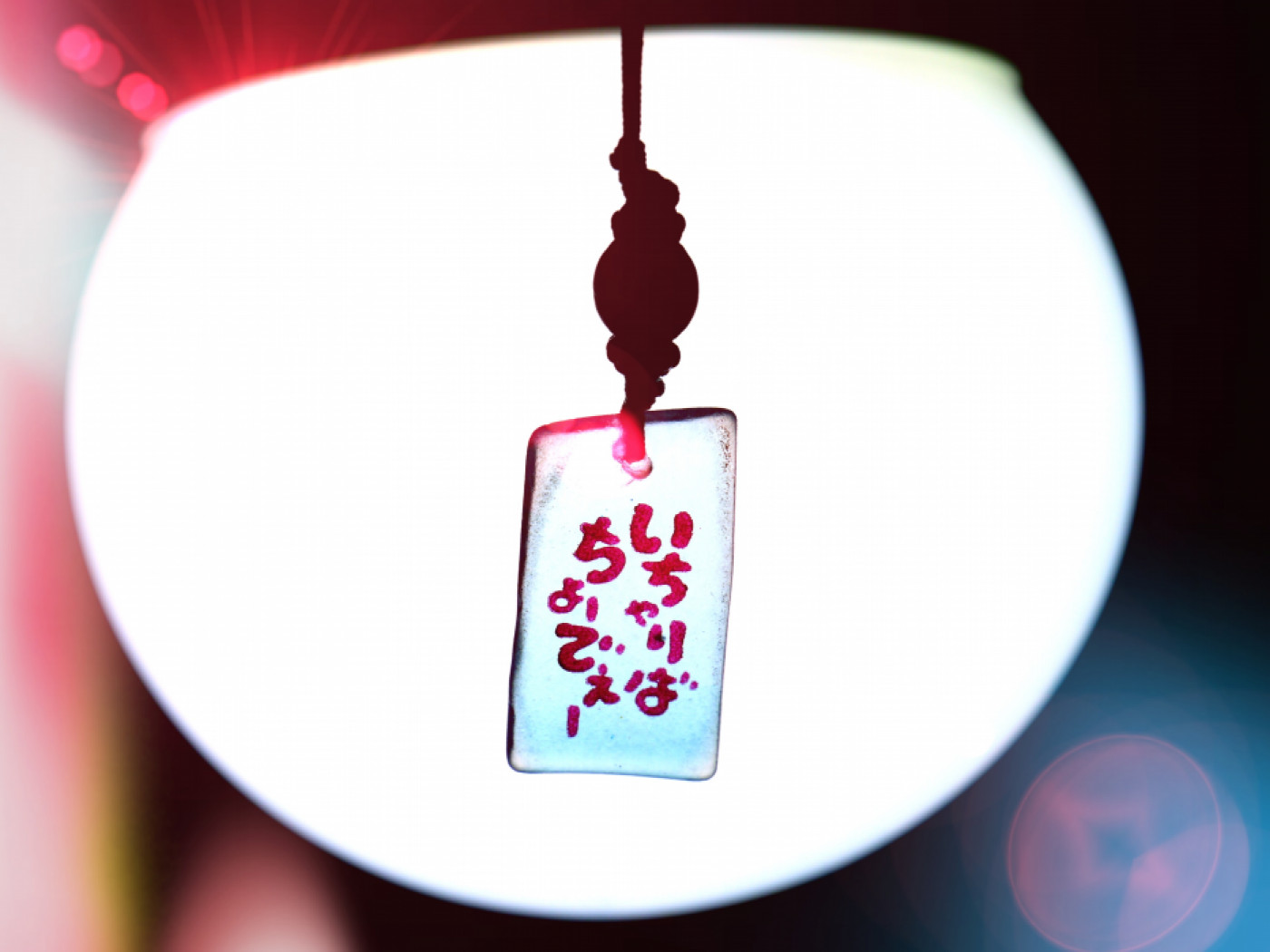
Hello
-
Kanto - こんにちは Konnichiwa
-
Kansai - こんにちは Konnichiwa (different pitch)
-
Tohoku - こんぬづは Konnuzuwa (in Sendai, Miyagi)
-
Okinawa - はいさい/はいたい Haisai (used by men) / Haitai (used by women)
Delicious
-
Kanto - おいしい Oishii
-
Kansai - うまいやん Umaiyan (Mainly used in Osaka)
-
Tohoku - んめ Unme (used in a variety of ways depending on prefecture)
-
Okinawa - まーさん Maasan
Thank You
-
Kanto - ありがとうございます or Arigatogozaimasu
-
Kansai - おおきに Ookini
-
Tohoku - おしょしな Oshoshina (mainly used in Yamagata)
-
Okinawa - 御拝でーびーる Nifee Deebiiru
How to Identify Different Japanese Dialects
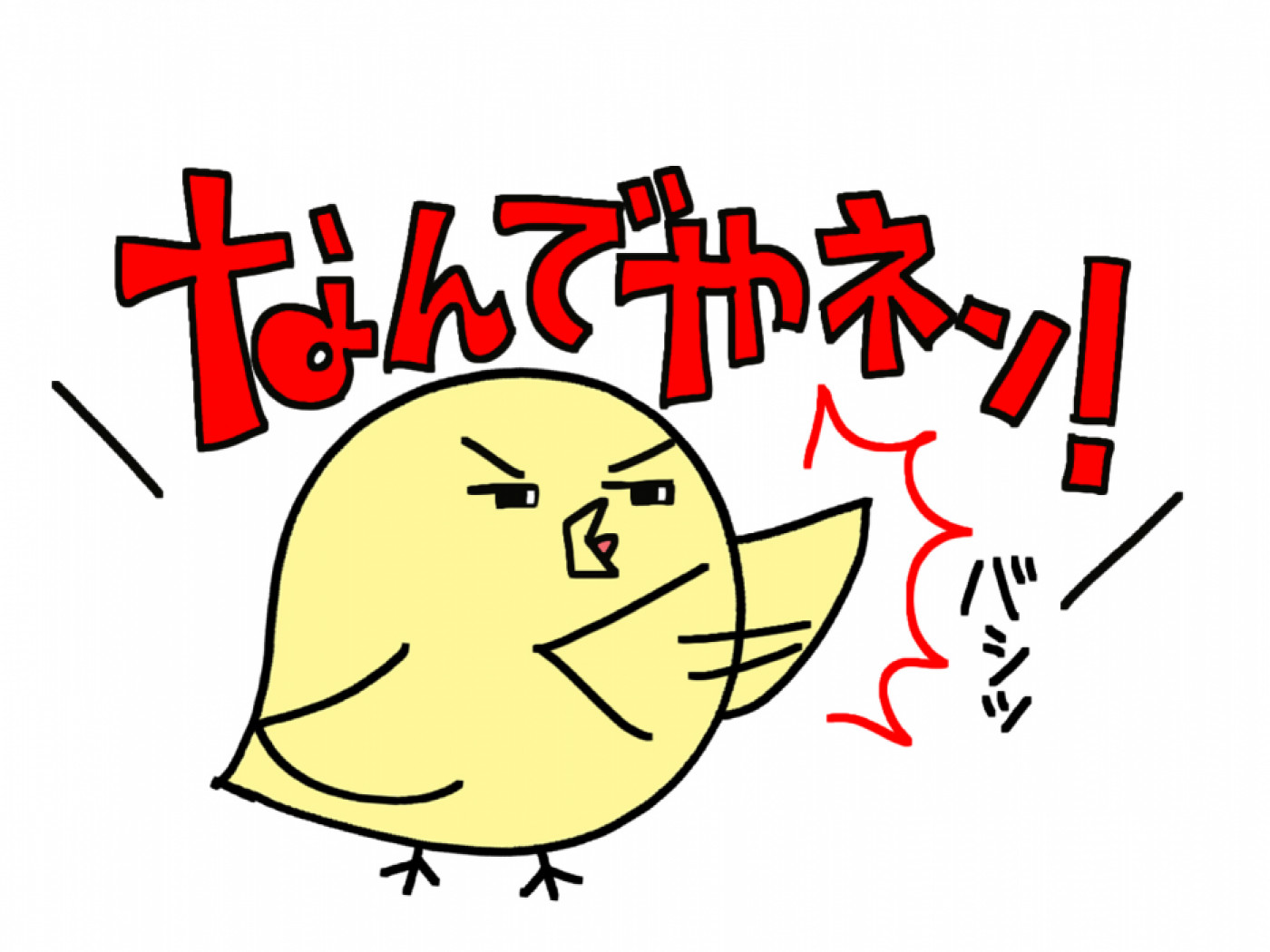
It is quite easy to differentiate dialects in Japan once you become used to Tokyo dialect. Pay attention to the following 2 things (apart from completely separate phrases):
Copula
Standard Japanese (Tokyo Dialecct) uses だ da as one of its main copula. In Kansai dialect, they replace it with 「や Ya」. In Western Japanese dialects around the Chugoku region, they replace it with 「じゃ Ja」.
For example, 「そうなんだ sounnanda」 (oh, is that so?) in Tokyo-ben becomes 「そうなんや sonannya」 in Kansai dialect and 「そうなんじゃ sounannja」in Western dialects (mostly used by older generations though).
Pitch Accents
Many people are taught that Japanese is a flat language when learning Japanese, but that’s simply compared to other languages. There’s lots of fluctuation in pitch especially between the different dialects. It’s how people can tell you’re from somewhere else even though you’re speaking the same exact words.
For example,「わかる wakaru」 is pronounced in Tokyo-ben with a low-high-low pattern, but in Kansai dialect, it is pronounced in a high-high-high pattern pitch.
Takeaway
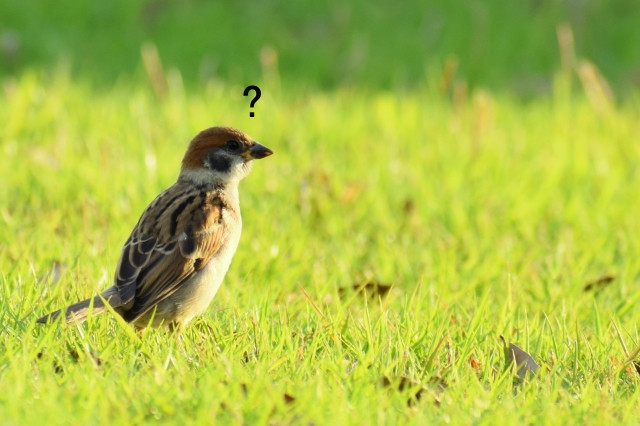
There are many dialects in Japan, each with its own special characteristics. The more you know about Japanese dialects, which can be said to be unique to Japan, the deeper your knowledge on Japan becomes. These dialects reflect the rich history and culture of the people and simply learning more about it helps to preserve and promote them. And most locals will be thrilled if you try out certain words in their regional dialect when speaking with them, so give it a try!


































